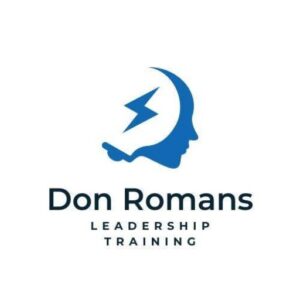You know you have what it takes to be successful in your career, but are you using all the tools available to you? Knowing and harnessing your strengths and weaknesses can be vital to taking charge of your success. Whether an employee, supervisor, or manager, by understanding the power of self-awareness and reflection, we can better position ourselves for professional advancement. This blog post will explore how we can use our excellent and bad skillset to propel us toward a brighter future.
Why understanding your strengths and weaknesses is vital to your success
Knowing your strengths and weaknesses is an integral part of achieving success. Awareness of your strengths allows you to make the most of them to reach your goals, while recognizing your weaknesses makes it easier to create strategies to address any challenges they may bring. Knowing yourself in these terms helps you understand what works for you, allowing you to maximize productivity. Having a clear picture of where you’re strong and where growth opportunities exist gives a greater sense of control over your goals and how to achieve them. Overall, understanding strengths and weaknesses are essential for everyone looking to succeed!
Identifying Areas of Strength and Weakness
Understanding your strengths and weaknesses is an essential step to achieving success. Knowing what comes naturally to you and acknowledging areas that require more focus and development can be invaluable. When you understand the things that come quickly to you, you’re better equipped to identify the opportunities that will play to your strengths. On the other hand, being aware of areas where you could use some improvement allows you to develop targeted strategies for success. That way, when it’s time to tackle a new task or goal, you can hit the ground running while also arming yourself with strategies for overcoming any potential obstacles.
Leveraging Strengths for Success
Taking the time to acknowledge our strengths and weaknesses is critical to success. We all possess different strengths that can be used to our advantage, but self-discovery of these areas is essential. For example, if you excel in problem-solving, ensure this strength is applied where needed and appreciated. Identifying your weaknesses also allows you to focus on improving those skills or seek out alternative options when this may not be feasible. Recognizing your strengths and weaknesses is essential because it influences how you act and respond in any situation. By leveraging our strengths, we can use them to achieve our goals regardless of any pits that may occur along the way.
Implementing Strategies for Improvement
Implementing strategies for improvement is always a worthwhile endeavor. Whether you’re working on a project that needs an extra boost or just looking for ways to be the best you can be, assessing your strengths and weaknesses and pinpointing the areas that need work is essential. Taking stock of what’s going on in all aspects of your life can help you determine the best improvements, whether brushing up on skills you once had or learning something new. Making a game plan for furthering your growth and development can bring tremendous and beneficial changes. Efficiency, effectiveness, and overall satisfaction go hand in hand with making improvement strategies part of your life.
Conclusion
Everyone has different strengths and weaknesses that make them unique. To succeed, it is essential first to understand your strengths and weaknesses. Once you have identified these areas, you can leverage your strengths for success. Additionally, you can set yourself up for long-term success by implementing strategies to improve your areas of weakness. What are some of your strengths and weaknesses? How have you leveraged your strengths or implemented a system for improvement to achieve success?
Suggested reading: Supervisors: Essential to Establishing Clear Structure and Expectations

